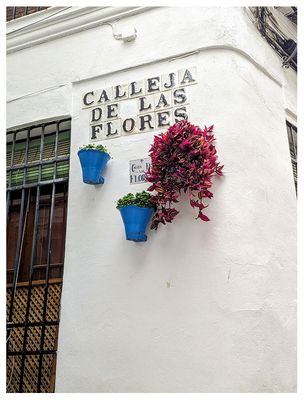
Calleja de las Flores |
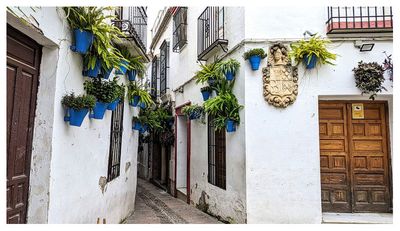
Calleja de las Flores |

Calleja de las Flores |
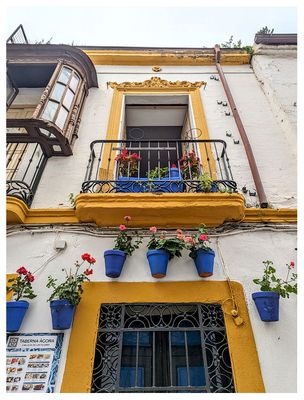
Calleja de las Flores |
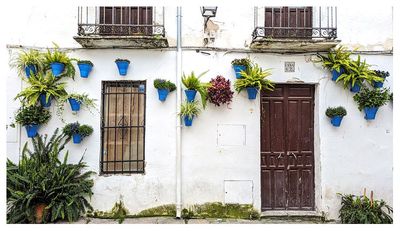
Calleja de las Flores |

Mezquita-Catedral: Puerta del Perdón |
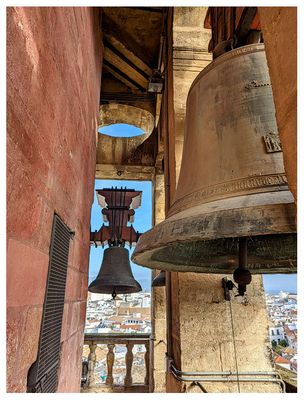
Mezquita-Catedral: Bell Tower |
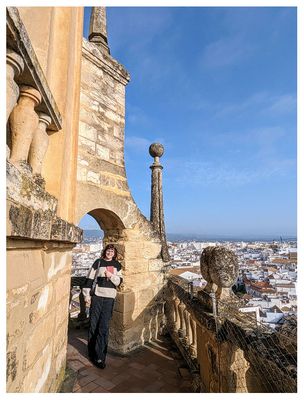
Mezquita-Catedral: Bell Tower |
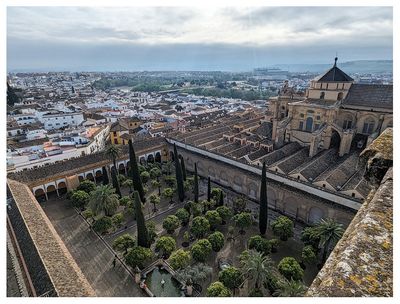
The Mezquita-Catedral and Courtyard from above |
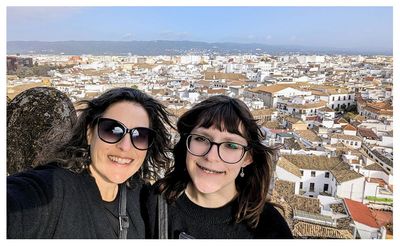
Mezquita-Catedral: View from the Bell Tower |
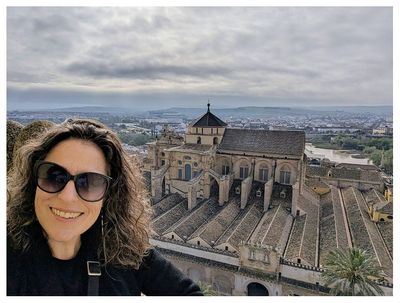
Mezquita-Catedral: View from the Bell Tower |
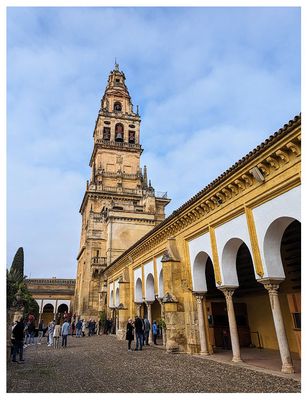
Mezquita-Catedral: Bell Tower |
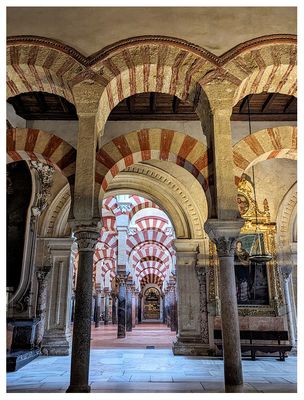
Mezquita-Catedral: The arches |

Mezquita-Catedral: The arches |
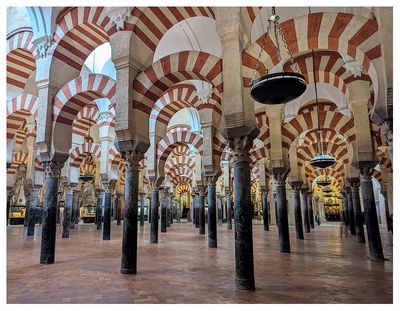
Mezquita-Catedral: The hypostyle hall |
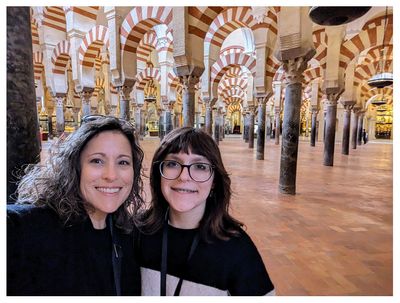
Mezquita-Catedral: The hypostyle hall |
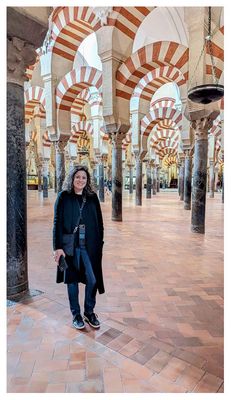
Mezquita-Catedral: The hypostyle hall |
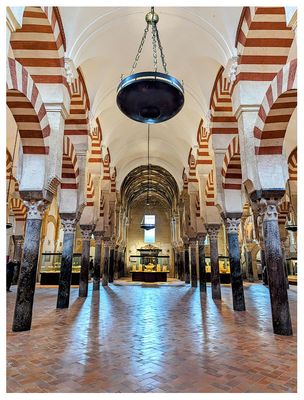
Mezquita-Catedral: The hypostyle hall |
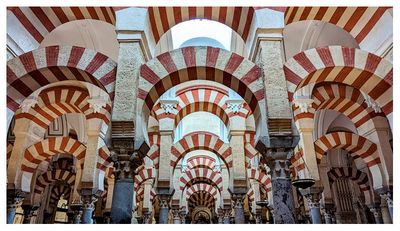
Mezquita-Catedral: The arches |
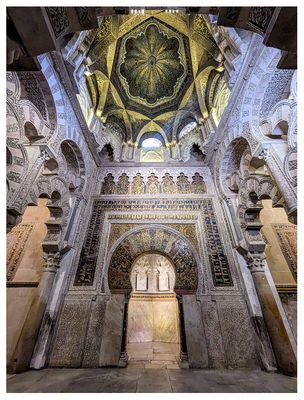
Mezquita-Catedral: The mihrab and macsura |
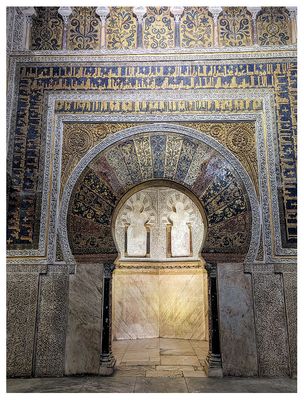
Mezquita-Catedral: The mihrab |
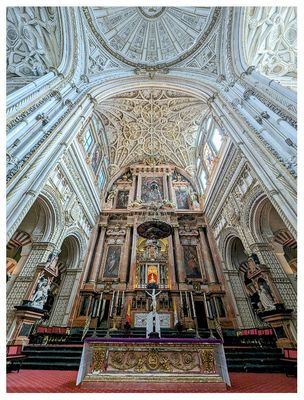
Mezquita-Catedral: The 16th century Renaissance cathedral |
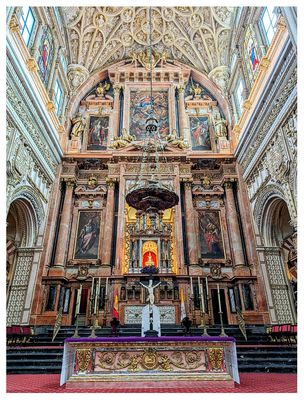
Mezquita-Catedral: The altarpiece |
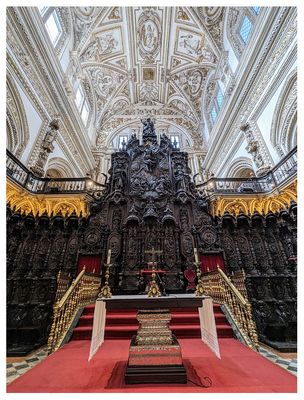
Mezquita-Catedral: The choir and Episcopal throne |
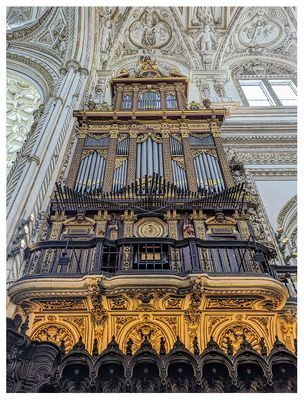
Mezquita-Catedral: The gospel organ |
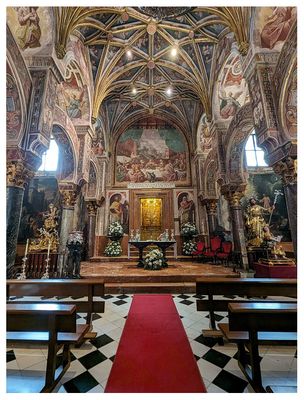
Mezquita-Catedral: The Tabernacle Chapel |

Mezquita-Catedral: Capilla de Villaviciosa |
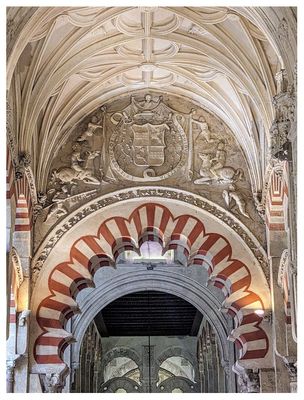
Mezquita-Catedral: A mix of the Islam and Christian elements |
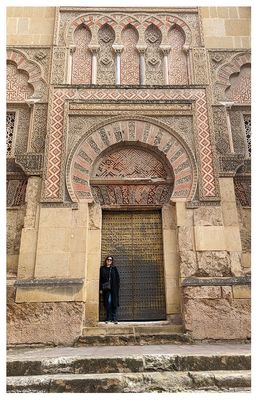
Mezquita-Catedra: Puerta del Espíritu Santo (Door of the Holy Spirit) |

Puente romano de Córdoba (Roman Bridge) |
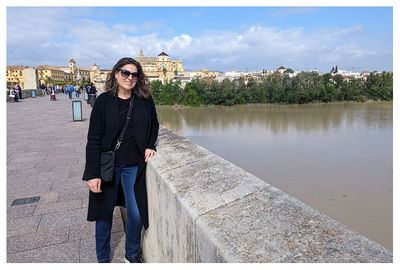
Puente romano de Córdoba (Roman Bridge) |
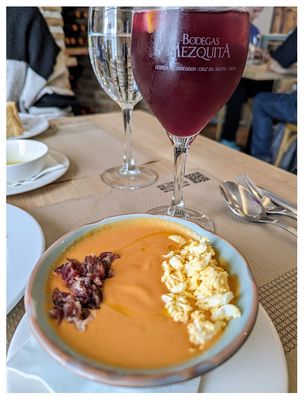
Bodegas Mezquita: salmorejo |
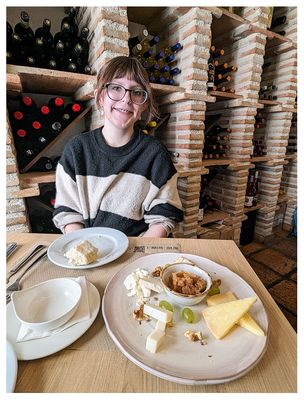
Bodegas Mezquita: Los Balanchares Cordoban cheeses |
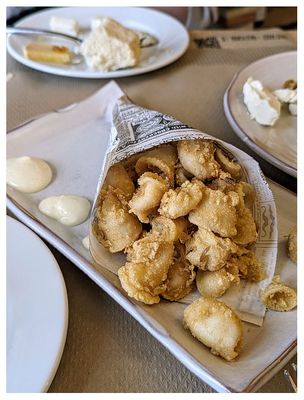
Bodegas Mezquita: calamari |
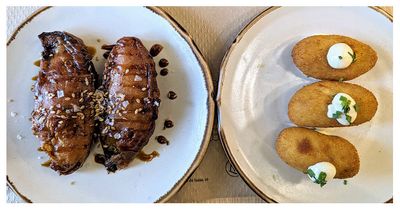
Bodegas Mezquita: Caliphate aubergines and croquettes |
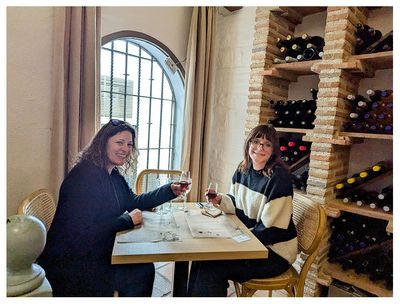
Bodegas Mezquita |

Zoco Municipal de Artesanía |
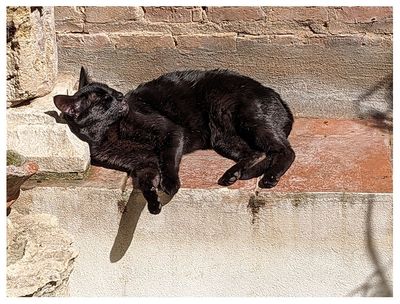
Zoco Municipal de Artesanía |
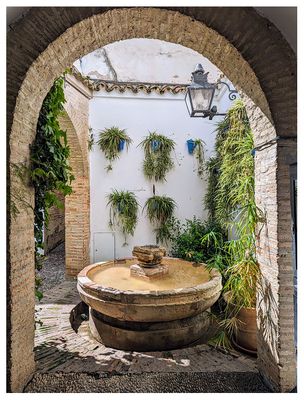
Zoco Municipal de Artesanía |
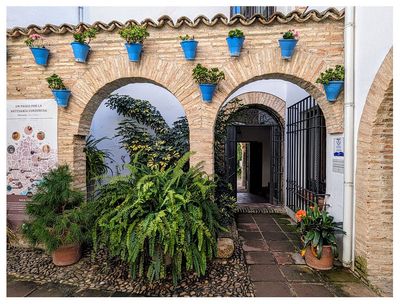
Zoco Municipal de Artesanía |
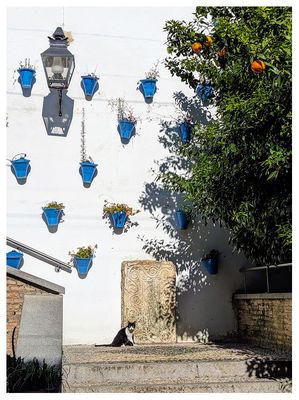
Zoco Municipal de Artesanía |
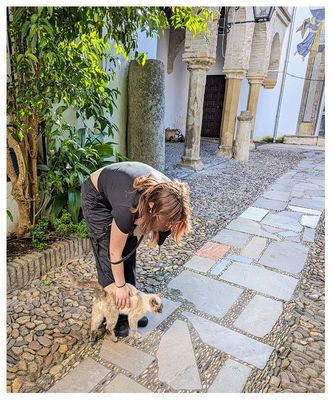
Zoco Municipal de Artesanía |
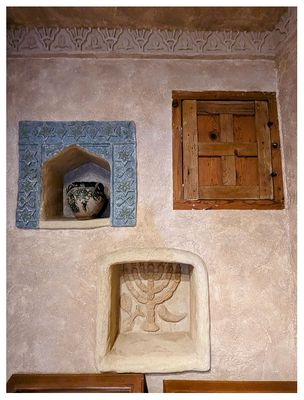
Casa de Sefarad: Maimonides' Hall |

Casa de Sefarad: Synagogue Hall |

Casa de Sefarad: Domestic Life Room |

Casa de Sefarad: Domestic Life Room |
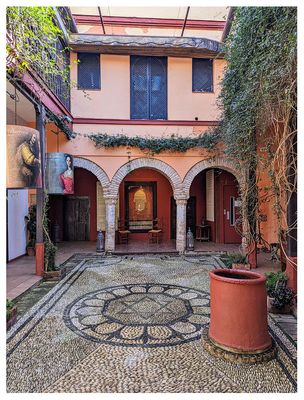
Casa de Sefarad: Courtyard |

Casa de Sefarad: Dervis Korkut story |
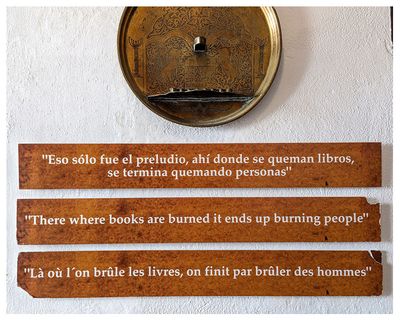
Casa de Sefarad |
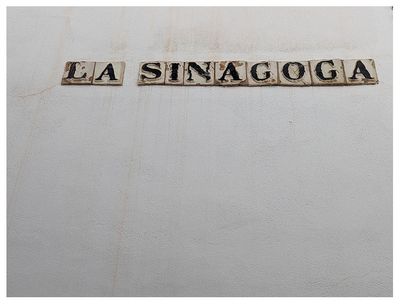
La Sinagoga |
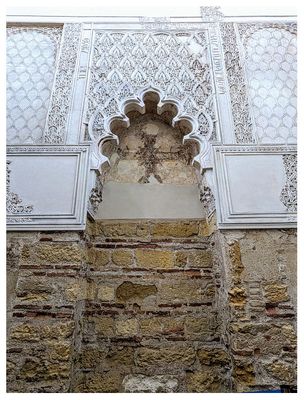
La Sinagoga: Mudéjar niche with a remnant of a cross |
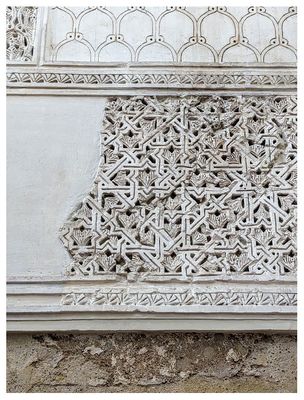
La Sinagoga details |
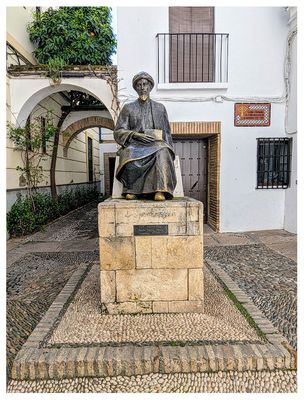
Maimonides Plaza |
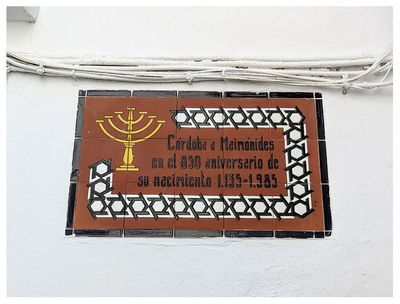
850th anniversary of Maimonides' birthday |
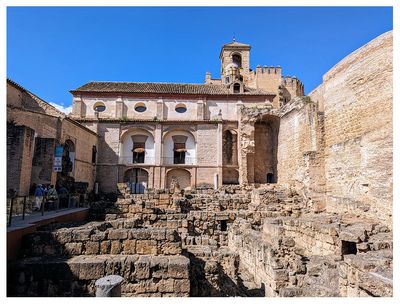
Alcázar: Courtyard of the Women |
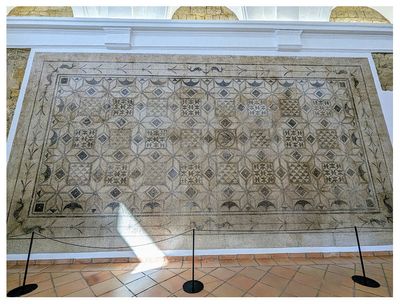
Alcázar: The Great Geometric Mosaic in the Hall of Mosaics |
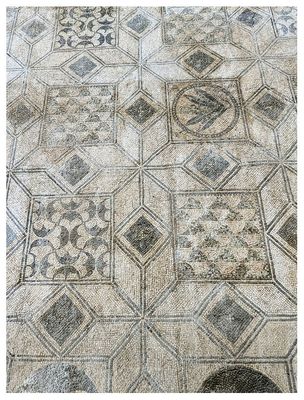
Alcázar: The Great Geometric Mosaic in the Hall of Mosaics |
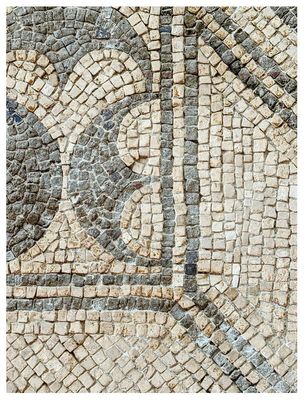
Alcázar: The Great Geometric Mosaic in the Hall of Mosaics |
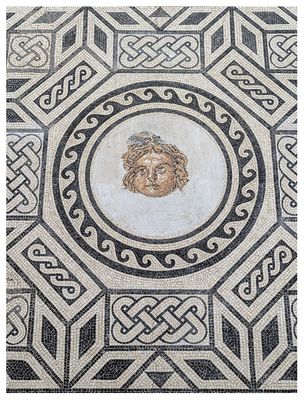
Alcázar: Medusa in the Hall of Mosaics |

Alcázar: Galatea and Polyphemus in the Hall of Mosaics |
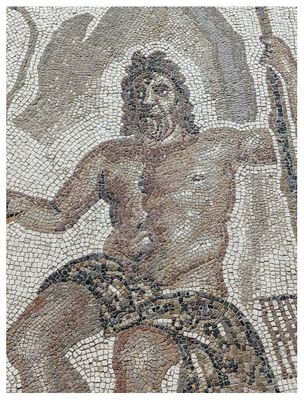
Alcázar: Mosaic abs |
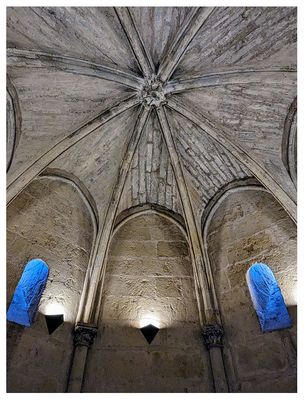
Alcázar: Tribute Tower |
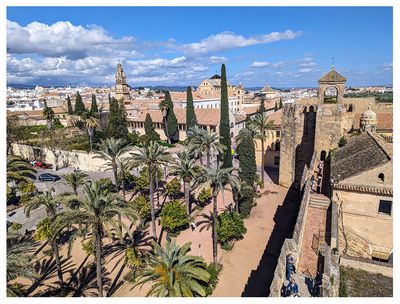
Alcázar: Walkway view |
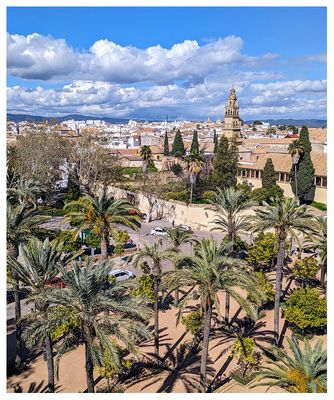
Alcázar: Walkway view |
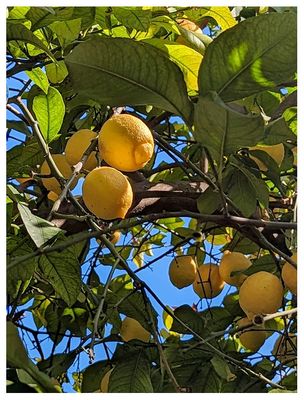
Lemon trees in the Alcázar Gardens |
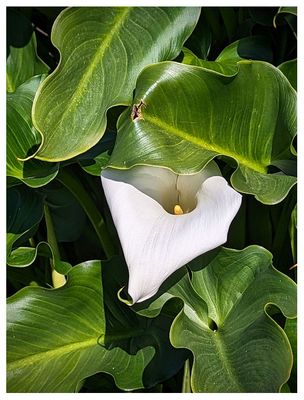
Calla lily in the Alcázar Gardens |

Frog in the Alcázar Gardens |
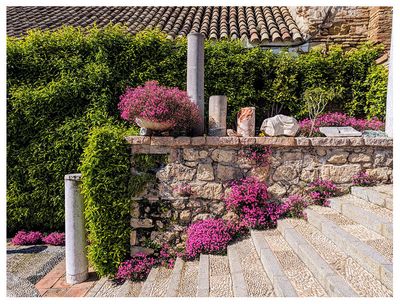
Alcázar Gardens |

Alcázar Gardens: Lower garden pool |
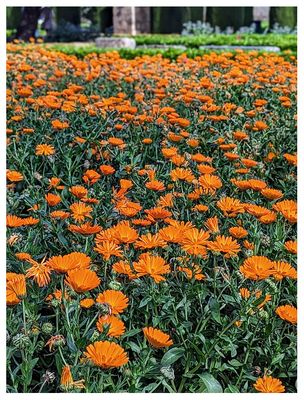
Calendula flowers in the Alcázar Gardens |
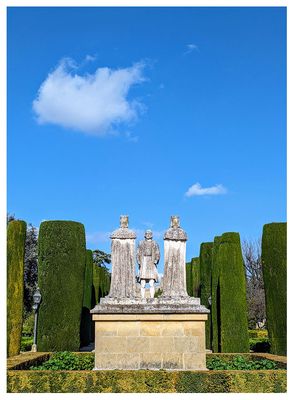
Alcázar Gardens: Promenade of Kings statue of Columbus and the Monarchs |
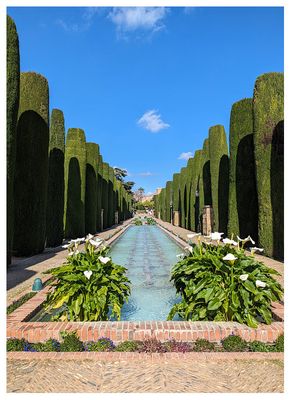
Alcázar Gardens: Promenade of Kings |
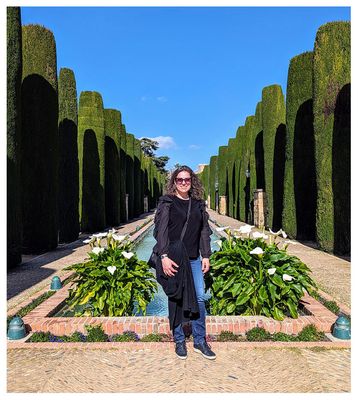
Alcázar Gardens: Promenade of Kings |
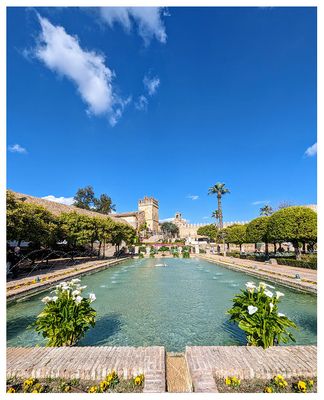
Alcázar Gardens: Lower garden |
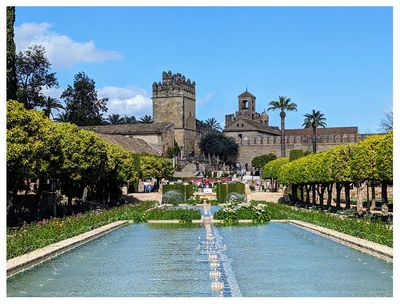
Alcázar Gardens: Lower garden |
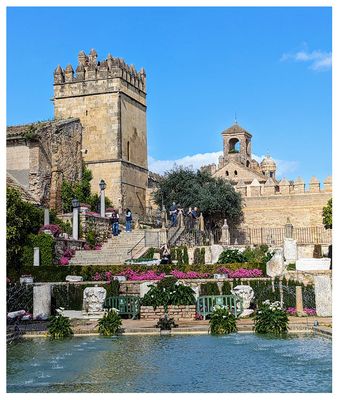
The Alcázar from the gardens |
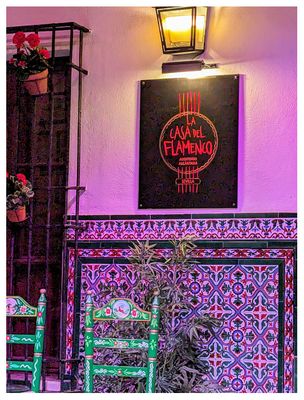
La Casa del Flamenco |
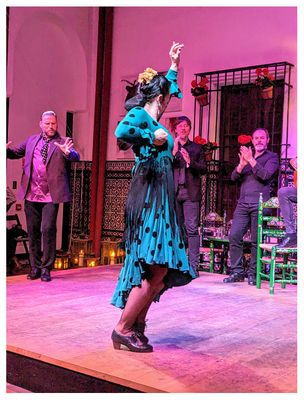
La Casa del Flamenco |
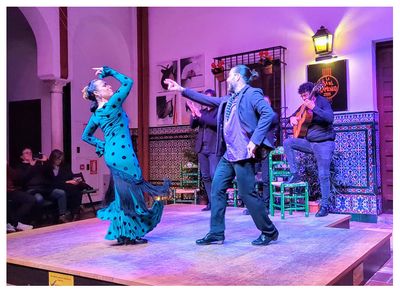
La Casa del Flamenco |
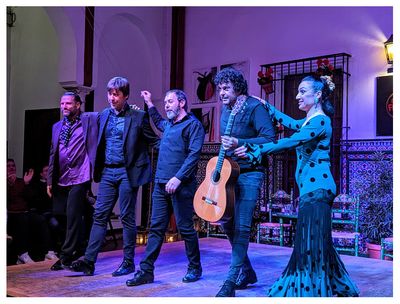
La Casa del Flamenco |











